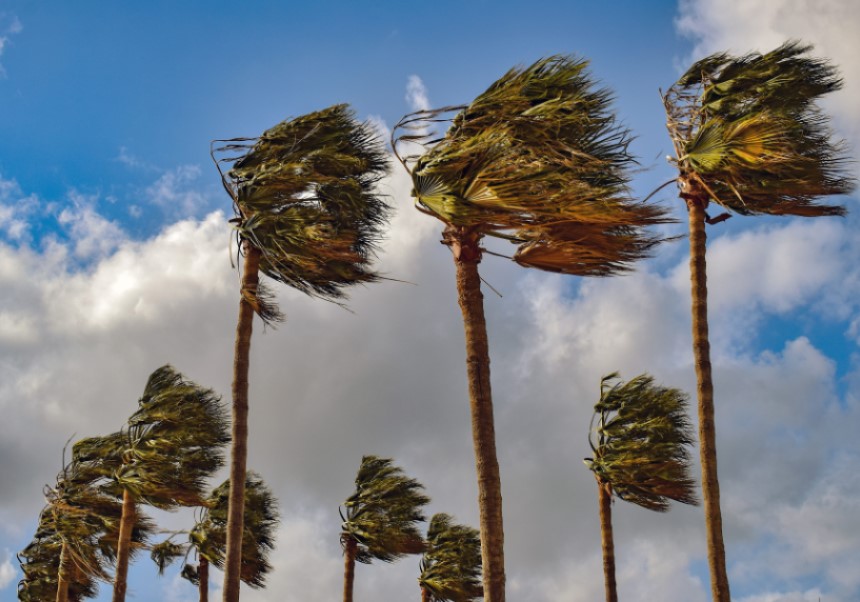
Scientists from the Consejo Superior de Investigaciones Científicas and the Universitat Rovira i Virgili establish correlations between the polar vortex and wind speed in the peninsula.
The results of the study could have socioeconomic and environmental implications for the wind industry, agriculture and hydrology, among others.
A study carried out by the Desertification Research Center, a joint center of the Spanish National Research Council (CSIC), the Universitat de València (UV) and the Generalitat Valenciana, together with the Centre for Climate Change of the Universitat Rovira i Virgili, has analyzed for the first time data on average wind speed and maximum wind gusts in the Iberian Peninsula, using spectral analysis techniques for the analysis of its periodicity. The results obtained, published in the journal Geophysical Research Letters, have made it possible to observe patterns with which to improve seasonal wind prediction, which could have socioeconomic and environmental implications for wind energy production, among other uses.
Among the conclusions of the study, it has been observed that when the polar vortex (a large area of low pressure and cold air surrounding the Earth's poles) is weakened, as occurs in a situation of Sudden Stratospheric Warming (an event in which the temperature of the polar stratosphere rises tens of degrees), the winds blow stronger between two and three months later. On the other hand, it has also been determined that there is no correlation between the average surface wind speed and the maximum gusts in periods longer than nine years, a situation that becomes more acute in summer and decreases in winter.
To carry out the research, two techniques have been applied, known as multitaper, with which the spectral density is estimated to detect any periodicity in the data; and wavelet, with which these periodicities can be located in time. The analysis of the spectra has made it possible to identify behavioral patterns that help researchers determine whether it is possible to find sources of predictability in the wind speed or whether, on the contrary, its behavior is chaotic. They have also been able to determine time-lagged correlations that occur with a certain periodicity between wind speed and other climatic variables of interest.
The climate system
As Eduardo Utrabo, CSIC researcher at CIDE, says, "frequency domain analyses, such as those applied in this study, are ideal for studying the climatic patterns of phenomena such as the El Niño-Southern Oscillation".
In the climate system there are oscillations that are repeated with specific time periods over the years. One of the best known examples is the El Niño-Southern Oscillation, which affects a large part of the world's climate and consists, among other things, of a variation in the surface temperature of the water of the eastern equatorial Pacific every few years. El Niño and La Niña correspond, respectively, to the warm and cold phases of this pattern. Each phase carries a characteristic signal in tropical winds and precipitation, which in turn have global repercussions. The study of these patterns is of great importance as they are one of the main sources of predictability on a seasonal scale. "The data obtained are of high sectoral applicability, for example in the production of wind energy or in the dispersion of pollutants and greenhouse gases," says Manola Brunet, director of the URV C3 Centr for Climate Change and one of the authors of the study.
Reference:
Utrabo-Carazo, E., Azorin-Molina, C., Aguilar, E., & Brunet, M. (2023). A spectral analysis of near-surface mean wind speed and gusts over the Iberian Peninsula. Geophysical Research Letters, 50, e2023GL103323. https://doi.org/10.1029/2023GL103323
CIDE Communication









